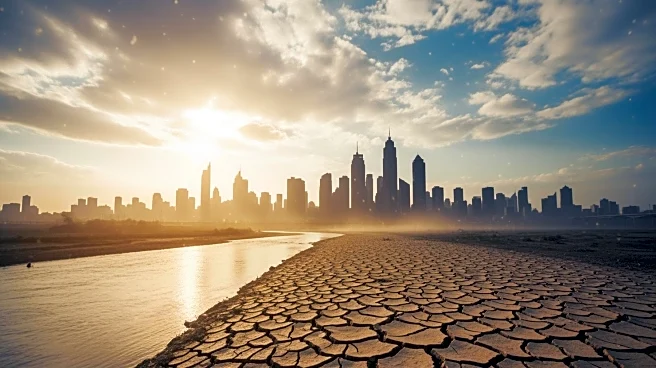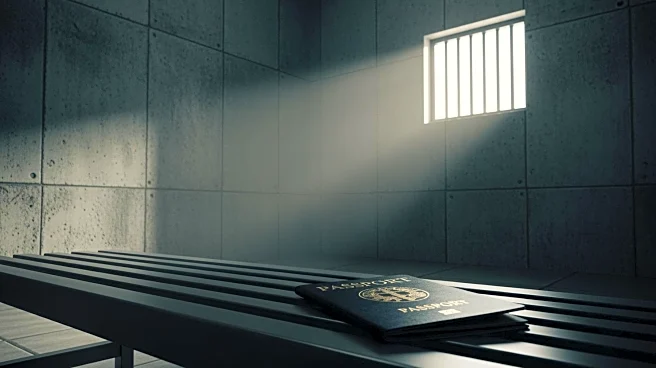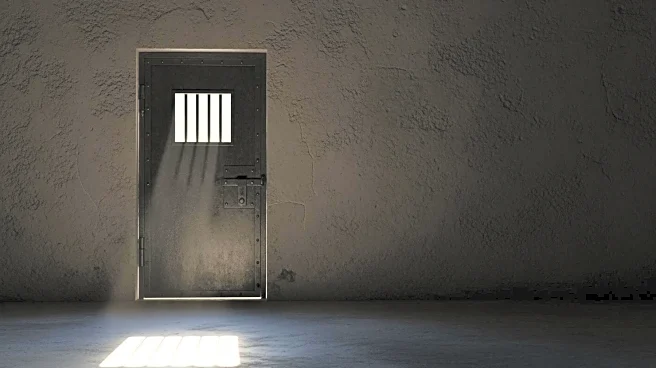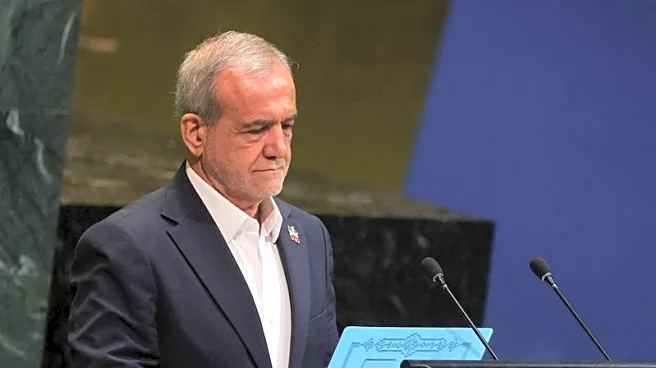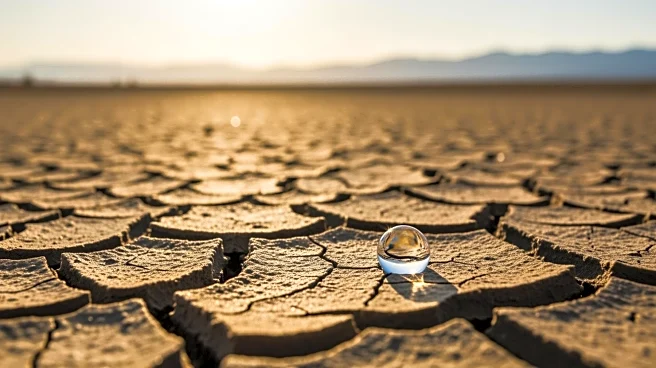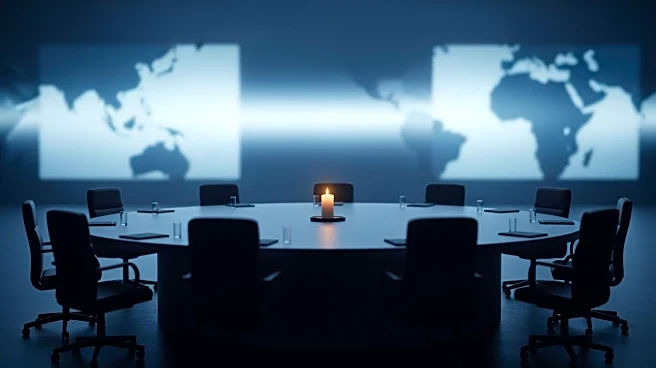What's Happening?
Iran's president has declared the relocation of the country's capital as 'unavoidable' due to severe overcrowding and water shortages in Tehran. The government is considering the underdeveloped Makran
region in southeastern Iran as a potential new capital. This decision comes amid ongoing challenges faced by Tehran, including infrastructure strain and environmental concerns. The announcement did not specify a timeline for the move, but it highlights the pressing need to address the capital's sustainability issues. The relocation aims to alleviate the pressure on Tehran's resources and improve living conditions for its residents.
Why It's Important?
The decision to move Iran's capital is significant as it reflects the country's struggle with urban management and environmental sustainability. Tehran's overcrowding and water shortages have long been a concern, impacting the quality of life and economic productivity. Relocating the capital could lead to substantial economic and social shifts, potentially boosting development in the Makran region. However, it also poses challenges, including the financial burden of building new infrastructure and the potential disruption to government operations. This move could set a precedent for other nations facing similar urban challenges.
What's Next?
While no timeline has been announced, the Iranian government will likely begin planning the logistics of the capital relocation. This includes assessing the infrastructure needs of the Makran region and securing funding for the project. Stakeholders such as urban planners, environmental experts, and government officials will play crucial roles in shaping the relocation strategy. International observers may monitor the situation closely, considering the geopolitical implications of such a significant move. The success of this initiative could influence urban planning strategies in other countries facing similar issues.
